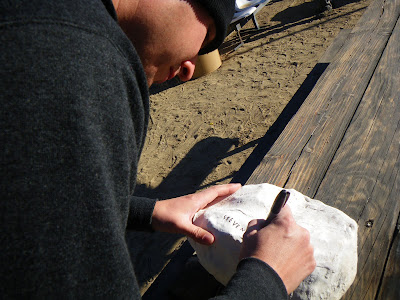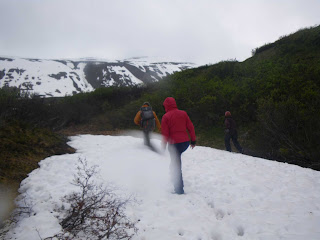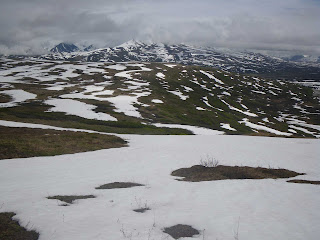Early Jan 10 I met up with paleontologists to prospect for 2 million year old fossils of these animals at the 111 Ranch fossil location near Safford, AZ:

We stayed at the Cluff Ranch in a bunk house.

I found it to have a couple creepy attributes. The sound of wind creaking and "bats scratching" at the window next to Steven at night did not help.



It had its cozy aspects nonetheless with pretty good amenities for fieldwork.



Don't miss the dead scorpion in bottom center of duck picture!
Biggest find of the trip:
Tar Pits volunteer Steven Wintergerst found an ancient tortise shell near one of the paleomagnatism sample sites.
Time to excavate!

Expose surface, define edges

Jacket!
To ensure evil plaster doesn't come in contact with the bone, a multi-purpose tissue was moistened and placed as the first protective layer

Nick made a plastic covered hole in the ground to hold water for moistening the tissue and plaster wrap

Once the exposed shell was tissue basted it was time to open up the "Carapace Fast Setting" plaster wrap packet

Moisten strips

and wrap


and wait for the plaster to dry (not fast enough to finish before lunchtime)

While the rest of the group went on Gary and Nick excavated the shell completely out and wrapped the underneath. It was later delivered to Steven to officiate his ownership to the find


The roughly 2 million year old tortise shell now resides at the New Mexico Natural History Museum and Steven looks forward to being reunited with it some day



































 />
/>

